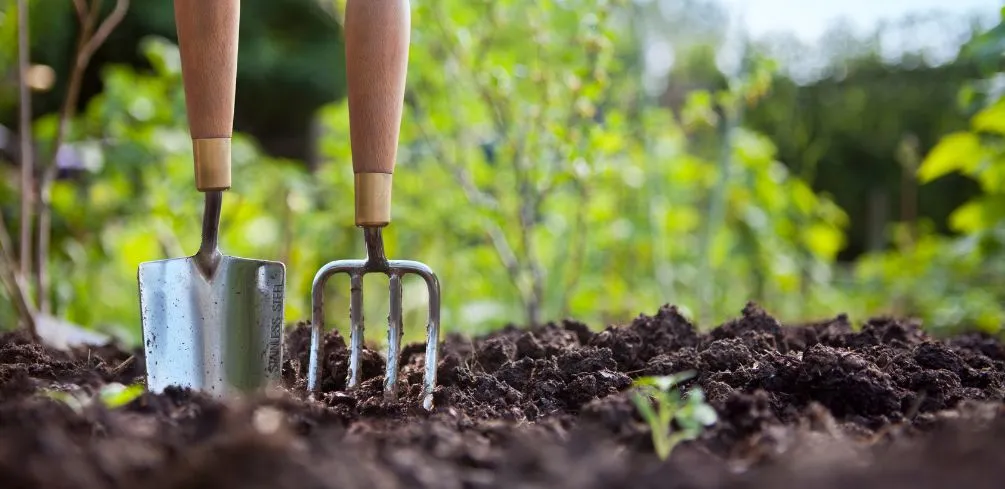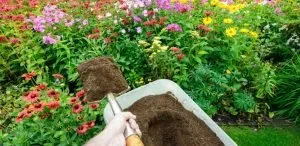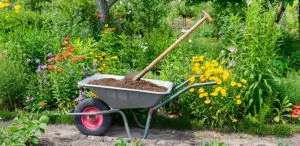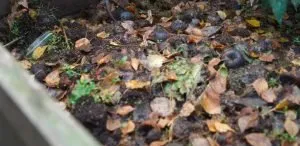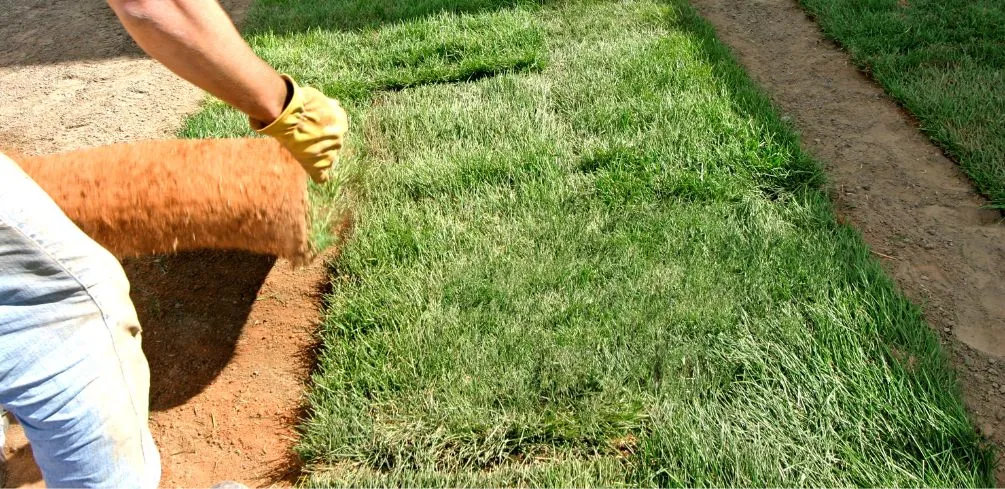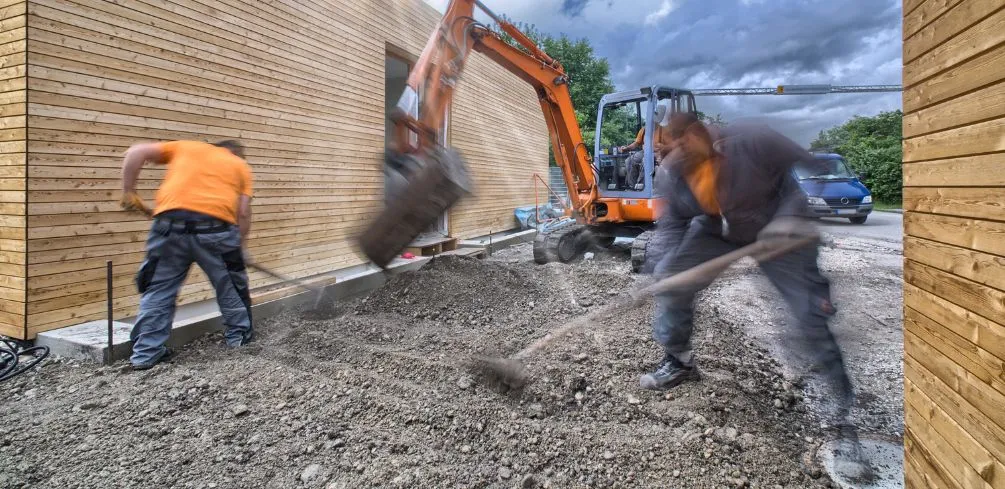Gardening with dirt is an age-old practice that has remained popular through the centuries. It is a therapeutic activity that can help individuals connect with nature, find a sense of purpose, and cultivate their own food.
Gardening with dirt involves working with soil to grow plants, flowers, and vegetables in outdoor spaces such as gardens or farms.
The benefits of gardening with dirt are numerous. It provides an opportunity to engage in physical activity and spend time outdoors. Additionally, it can be a form of stress relief and promote mental well-being.
Furthermore, gardening with dirt allows for the production of fresh produce that can be consumed by the gardener or shared with others, creating a sense of community and satisfaction.
Despite the advancements in technology and agriculture practices, gardening with dirt continues to be an accessible and fulfilling way to connect with nature and cultivate one’s own food sources.
The Benefits Of Gardening With Soil
Gardening with soil has been a traditional method of growing plants and is still very popular today. Soil is a complex mixture of organic and inorganic materials that supports plant growth by providing essential nutrients, water, air, and a stable environment for the roots.
One of the benefits of gardening with soil is the ability to create your own compost. Composting is an efficient way of recycling organic waste into nutrient-rich material that can improve soil structure and fertility.
By adding compost to your garden bed, you can increase the number of beneficial microorganisms that aid in plant growth and reduce the need for synthetic fertilizers.
Organic vs. inorganic soil is another important consideration when gardening. Organic soil contains decomposed plant matter that enhances soil quality by improving drainage, water holding capacity, and nutrient availability.
In contrast, inorganic soil is composed mainly of minerals such as sand, silt, and clay. While both types of soils have their advantages, many gardeners prefer organic soil due to its natural properties and lack of harmful chemicals.
Overall, gardening with soil provides numerous benefits beyond just growing plants; it allows us to connect with nature while promoting sustainable practices that benefit both ourselves and the environment.
Choosing The Right Soil For Your Garden
Soil composition is a crucial factor to consider when choosing the right soil for your garden. The ideal soil should have the perfect balance of sand, silt, and clay. Sandy soils are well-draining but have low water retention capacity, while clay soils hold moisture well but are poorly aerated.
Silt soils, on the other hand, have moderate water retention and good drainage properties. A mixture of these three types of soil is recommended for most plants.
Another important factor to consider when choosing soil is its pH level. Soil pH affects the availability of nutrients to plants as well as the activity of microorganisms in the soil. Most plants prefer slightly acidic soil with a pH range between 6 and 7.5.
However, some plants, like blueberries, prefer acidic soil with a pH range of 4.0-5.2, while others, like lavender, prefer alkaline soils with a pH range of 7-8.
Choosing the right soil for your garden can be a daunting task, but understanding your soil’s composition and pH levels will go a long way in achieving healthy plant growth.
By providing adequate nutrients and ensuring proper drainage, you can create an environment that supports strong root development and optimal plant growth without having to resort to chemical fertilizers or pesticides, which can harm both your garden and the environment.
Preparing Your Garden Soil For Planting
After carefully selecting the right soil for your garden, it is important to prepare it properly for planting.
One essential step in this process is soil testing. This allows you to determine the pH level of your soil, as well as its nutrient content.
Soil testing is an important step because it enables you to identify any deficiencies or excesses in your soil’s composition and make necessary adjustments before planting.
Once you have determined the condition of your soil through testing, the next step is to amend it with organic fertilizers.
Organic fertilizers are a great choice because they provide natural nutrients that can improve soil health over time.
Instead of relying on harsh chemicals that can damage the ecosystem, organic fertilizers promote healthy plant growth while also supporting beneficial microbes and other organisms in the soil.
By taking these steps to prepare your garden soil properly, you will be setting yourself up for a successful and bountiful growing season.
Tips For Maintaining Healthy Garden Soil
Maintaining healthy garden soil is crucial for ensuring a thriving garden.
Composting techniques are an effective way to enrich the soil’s nutrients, and it also reduces waste. Compost is an organic matter that decomposes over time, and it can be made from kitchen scraps, yard waste, or even animal manure.
It is recommended to mix the compost into the soil before planting or use it as a top dressing around established plants. This will provide a continuous source of nutrients for the plants throughout the growing season.
Soil testing methods can also play a significant role in maintaining healthy garden soil. Testing helps determine the pH level of the soil and identifies any nutrient deficiencies or excesses that may need to be addressed.
There are various types of soil testing kits available in the market, ranging from simple test strips to sophisticated laboratory analyses. These tests can provide valuable information about the health of your soil and help you make informed decisions on how to improve its quality.
By incorporating composting techniques and utilizing appropriate soil testing methods, you can maintain healthy garden soil that will support your plants’ growth and produce bountiful harvests each year.
Maximizing Your Garden’s Potential With Soil Amendments
According to a study conducted by the University of California, soil amendments can increase crop yields by up to 20%. This statistic highlights the importance of maximizing your garden’s potential with soil amendments.
Composting techniques and natural fertilizers are two effective ways to improve your soil’s health, which in turn leads to healthier plants. To get the most out of your garden, consider incorporating these soil amendment techniques:
- Composting techniques: composting is an excellent way to add organic matter to your garden while also reducing waste. You can create compost at home by collecting food scraps and yard waste and allowing them to decompose over time. This process creates nutrient-rich soil that can be used as a natural fertilizer.
- Vermicomposting: This technique involves using worms to break down organic matter into compost. The worms consume the material, which then gets broken down into nutrient-rich castings that make excellent fertilizer.
- Sheet Composting: Also known as lasagna gardening, it involves layering organic materials on top of your garden bed. Over time, these layers will decompose and create rich soil for planting.
Natural fertilizers are another effective way to improve your soil’s health. These include bone meal, blood meal, fish emulsion, and seaweed extract.
These fertilizers help replenish essential nutrients in the soil while also promoting healthy plant growth.
By incorporating these techniques into your gardening routine, you can maximize your garden’s potential and enjoy a bountiful harvest without relying on synthetic chemicals or harmful pesticides.
Frequently Asked Questions
What Are The Common Pests And Diseases That Can Affect Soil?
Soil borne diseases and pests can pose a significant threat to the quality of soil used in gardening. These diseases are caused by several factors, including poor drainage, poor nutrition, and improper maintenance practices.
Composting benefits can help prevent soil-borne diseases by providing essential nutrients to the soil that can help plants grow more resiliently. Additionally, using natural pest control methods like companion planting and beneficial insects can reduce the risk of pests damaging plants.
It is also crucial to ensure proper sanitation and hygiene practices when handling soil to avoid spreading any potential diseases. By implementing these preventative measures, gardeners can maintain healthy soil and cultivate thriving gardens.
How Does The Ph Level Of Soil Affect Plant Growth, Can It Be Adjusted?
The pH level of the soil is a crucial factor that can affect plant growth.
Soil with a pH level that is too high or too low can hinder the availability of essential nutrients, which can lead to stunted growth and poor yields.
Fortunately, gardeners can utilize soil amendments to adjust the pH levels of their soil. Before adding any amendments, it’s recommended to conduct a pH test using specialized testing techniques.
Based on the test results, gardeners can then apply appropriate amendments such as lime, sulfur, or elemental sulfur to make the necessary adjustments.
By maintaining optimal soil pH levels through regular testing and amendment applications, gardeners can promote healthy plant growth and maximize their crop yields.
What Are The Best Cover Crops To Use For Improving Soil Health?
Cover crops are an effective way to improve soil health, and choosing the right ones can have numerous benefits. Cover crops help suppress weeds, reduce erosion, and improve soil structure by increasing organic matter and adding nutrients.
Some of the best cover crops for improving soil health include clover, rye, buckwheat, and hairy vetch.
Planting techniques vary depending on the crop chosen and the desired outcome. For example, clover is often used as a living mulch to protect the soil and fix nitrogen, while rye is used to scavenge excess nutrients in the soil.
Overall, incorporating cover crops into a gardening or farming routine can greatly benefit soil health and increase plant growth potential.
How Often Should I Test My Soil For Nutrient Levels And How?
Soil testing frequency and methods are crucial for maintaining soil health and identifying nutrient deficiencies. To ensure optimal nutrient uptake, it is recommended to test the soil at least once a year using either a professional lab or at-home testing kits.
The most common testing methods include chemical analysis, biological assays, and visual assessment.
Once nutrient deficiencies are identified, appropriate soil amendments can be added to improve the soil’s fertility and overall health.
Understanding the importance of regular soil testing and utilizing effective testing methods can lead to successful gardening practices and a healthier ecosystem.
Can Soil Be Reused For Multiple Growing Seasons And What Steps To Take?
Soil can indeed be reused for multiple growing seasons, but it requires proper care to maintain its health and productivity.
One way to ensure this is through composting. Composting benefits the soil by adding organic matter, which in turn improves soil structure, water-holding capacity, and nutrient availability.
Additionally, crop rotation strategies can help prevent nutrient depletion and soil-borne diseases by alternating crops in a specific order.
By implementing these steps, gardeners can successfully reuse their soil without compromising the quality of their crops.
Conclusion
Gardening with dirt is a rewarding activity that requires knowledge of the soil and its properties. Common pests and diseases can affect soil health, but they can be prevented by using natural methods such as crop rotation and integrated pest management.
Soil pH affects plant growth, and it can be adjusted by adding lime or sulfur. Cover crops are an excellent way to improve soil health, as they protect the soil from erosion and add nutrients.
Soil testing is important for determining nutrient levels and identifying any deficiencies that need to be addressed. Regular testing should be conducted using a variety of methods, including chemical analysis and visual inspection.
Finally, soil can be reused for multiple growing seasons if proper steps are taken to maintain its health and productivity. This includes amending the soil with organic matter, rotating crops, and avoiding over-fertilization.
In conclusion, gardening with dirt requires attention to detail and care for the environment. By understanding the properties of soil, gardeners can create thriving gardens that provide both beauty and sustenance.
As Ralph Waldo Emerson once said, “The earth laughs in flowers,” so let us cultivate our gardens with joy and respect for this precious resource.
